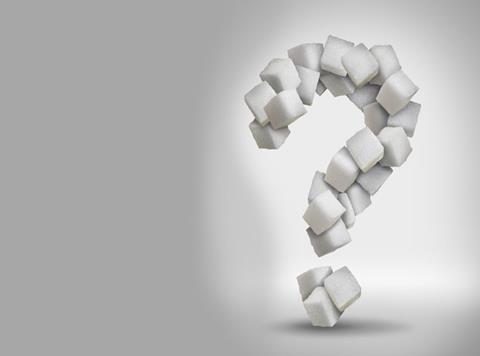
The Treasury this week published its long-awaited plans for the soft drinks industry levy. The Grocer picks out the key issues raised, from the small victory for big guns to the impact on your low-alcohol shandy.
Sugar levy timeline
March 2016: Sugar levy announced by chancellor George Osborne
August 2016: Government consulted on introduction of sugar tax
December 2016: Treasury published draft legislation for the levy
January 2017: Further eight-week technical consultation on the draft legislation will close
April 2017: Primary legislation for the levy will be in Finance Bill 2017
April 2018: Levy comes into force
Is the Can the Tax campaign dead? This week’s Treasury report is the final nail in the coffin of the industry’s battle to stop the tax, senior sources have told The Grocer.
Although some key elements of the proposals are still waiting to be confirmed in the 2017 Budget, the industry has given up hope of inspiring a u-turn.
The Can the Tax campaign, spearheaded by the BSDA, is understood to have been unofficially wound up. This is despite the organisation making strong financial and health arguments against the tax, commissioning a report from Oxford Economics that claimed the levy would lead to a reduction of just 5 calories per person, per day, while risking over 4,000 jobs.
Why has the government not confirmed the tariffs to be paid? Will that leave ‘wriggle room’ for soft drinks companies? When the plans for the ‘sugar tax’ were first announced, the Office for Budget Responsibility estimated the cost of the levy would be “passed entirely on to the price paid by consumers” at a rate of 18p per litre for the lower tier and 24p per litre for the upper tier. That would slap an estimated extra 6p on a regular can of Fanta and Sprite, and an extra 8p on a regular can of Coca-Cola, Pepsi and Irn-Bru.
However, the Treasury this week announced no decision would be made on the tariffs until at least the spring Budget.
This has prompted fears among health campaigners that the original estimates may be watered down. For the industry, the onus has switched from fighting the tax to highlighting the potential impact of setting the tariffs too high.
Gavin Partington, director general of the BSDA, says “we will be looking to remind the Treasury that if it sets levels too high then it risks damaging businesses in a way it says it doesn’t want to do”.
A supplier adds: “The fact that the tariffs have not been set does give the industry wiggle room and I think there is now a huge argument to be had.”
Has the government got the mix right for squashes, cordials and fruit juice? Amid concerns from squash and cordial makers such as Bottlegreen, which fears the cost of its adult-aimed soft drink could shoot up by £1 a bottle, arguments have raged over whether the levy is too hard or too soft on the cordials sector
The government says it plans to tax dilutable products based on the amount of sugar after they have been diluted but campaigners claim drinks companies may simply change diluting guidance to dodge the tax and say the move does not protect consumers who may ignore on pack advice anyway.
The Treasury rejected calls for a standard dilution ratio to be imposed across the sector but it warned that HMRC would be on the lookout for companies who might seek to avoid the tax by setting skewed recommendations.
The taxmen, it said, would have the power to impose a dilution ratio on a product if it felt this was being done.
Cordial manufacturers, however, claim they face being unfairly punished because of higher levels of sugar existing in the concentrated state and have warned sales could be badly hit.
The government has also rejected calls from campaign groups to include fruit juice in the levy, despite concerns that the products contain exactly the sort of free sugar demonised in the SACN review.
The Treasury said the fruit juice sector would need to be monitored once the levy comes into force to ensure overall sugar levels fall, although it stopped short of adding the sector to the list of PHE refromualtion targets. It stuck by its plans not to include the sector, over fears that it could make it even harder for consumers to meet their 5-a-Day target and could reduce vitamin intake.
The exemption does not apply to added-sugar fruit-based drinks, however, despite a plea by the sector for exemptions to be applied, led by Lucozade Ribena Suntory, whose Ribena drink is one of those in the firing line.
LRS CEO Peter Harding says: “We asked the government whether it was appropriate to be taxing blackcurrant-based drinks as the fruit is naturally astringent and therefore requires a certain level of sugar or sweeteners to be palatable.
“Others have expressed a similar view about blackcurrants and other fruits with similar properties - it was also pointed out that many of these fruits have a high vitamin content and health benefits which should also be taken into consideration.”
Will smaller suppliers still be exempt? Yes, but not to the extent initially thought. When Osborne’s plans were first unveiled, the government mooted that the tax would only be levied on firms that produce or import more than six million litres of soft drinks per year.
But in this week’s consultation response, the Treasury revealed that threshold had now been dramatically reduced to one million litres of product or more. The government says this will “ensure that only genuinely small operators are out of scope of the levy”.
It should go some way to allaying fears that large companies would be unfairly penalised.
“What’s happened this week is quite a big change and will be seen as a significant concession and a victory for the bigger companies,” says one source.
The BSDA will also be feeling vindicated. In its consultation response, the organisation said it understood the government’s desire to support smaller businesses but described the proposed exemption as “legally questionable” because it in effect constituted state aid and prejudice against bigger companies.
The BSDA described this as an “irrational application of artificial standards to create an economic disadvantage”, even suggesting that some companies may have broken into smaller units listing different ownerships in order to dodge the tax.
The government has also promised to bring in legislation to counter the threat of a so-called ‘grey market’ of imported soft drinks getting into the UK levy-free.
This will ensure overseas companies cannot dodge the tax through illicit trade, it says. “This equalises the treatment of overseas production with UK-based production, and will ensure that importers cannot gain a competitive advantage over UK producers of soft drinks by bringing widely consumed branded products into the UK levy free,” says the document.
Will sugar dairy drinks remain out of the firing line? The Treasury has stuck to its guns on exempting drinks with 75% or more milk content from the tax, despite strong opposition from an unlikely alliance of flavoured water manufacturers and health campaigners alike.
The BSDA, significantly, broke ranks with the FDF (which has otherwise been a key ally in fighting the tax) to question the “irrational” and “fundamentally unfair” policy. If soft drinks such as flavoured water were hit, it argued, then shouldn’t milkshakes face the same treatment?
It seems many others shared their views in the consultation. This week the Treasury admitted nearly half of consultation respondents believed the 75% figure was either arbitrary or too low, with nearly a third, including the Children’s Food Campaign, calling for the “loophole” to be closed.
Yet the government’s response said such concerns had to be balanced against the positive nutritional properties of milk, with one in five teenage girls currently not getting enough calcium. It pledged to continue to monitor the case for adding milk drinks to the list further down the line. But instead of extending the levy to cover dairy drinks, for now at least, the government has passed the buck on to Public Health England, with the dairy drinks sector set to be added to its ongoing reformulation talks with nine other key sugar contributing categories. The irony will certainly not be lost on soft drinks manufacturers, who have led the way in sugar reduction yet have been excluded from the talks in favour of hitting them with the levy.
What about low-alcohol drinks? The government had originally planned to include drinks up to 0.5% abv (the legal cut-off point for kids) within the scope of the levy. It claimed this would target drinks such as shandies, popular with children, while avoiding an unintended impact on low-alcohol adult drinks.
But it has been forced to up the threshold to 1.2 abv after realising products under this level (the point at which alcohol revenues kick in) would be virtually impossible to police, as they are not legally required to carry alcohol strength labels.
Instead the Treasury has said it will now bring forward legislation to tax all alcohol products below 1.2% abv, unless manufacturers can prove they are low-alcohol variants aimed at getting adults to cut down on the hard stuff.



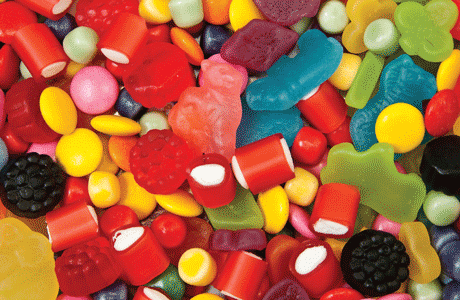
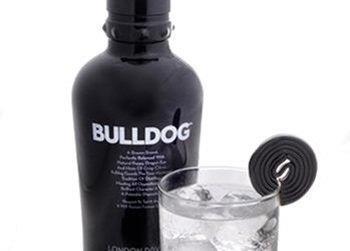

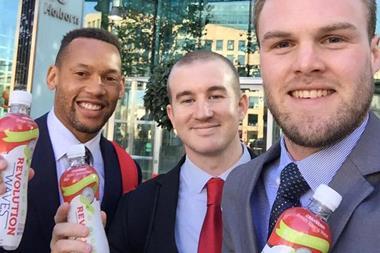
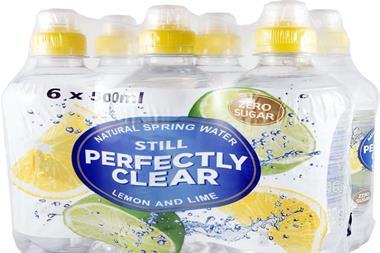




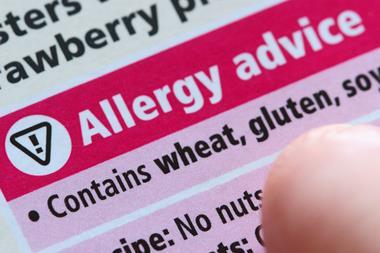


No comments yet